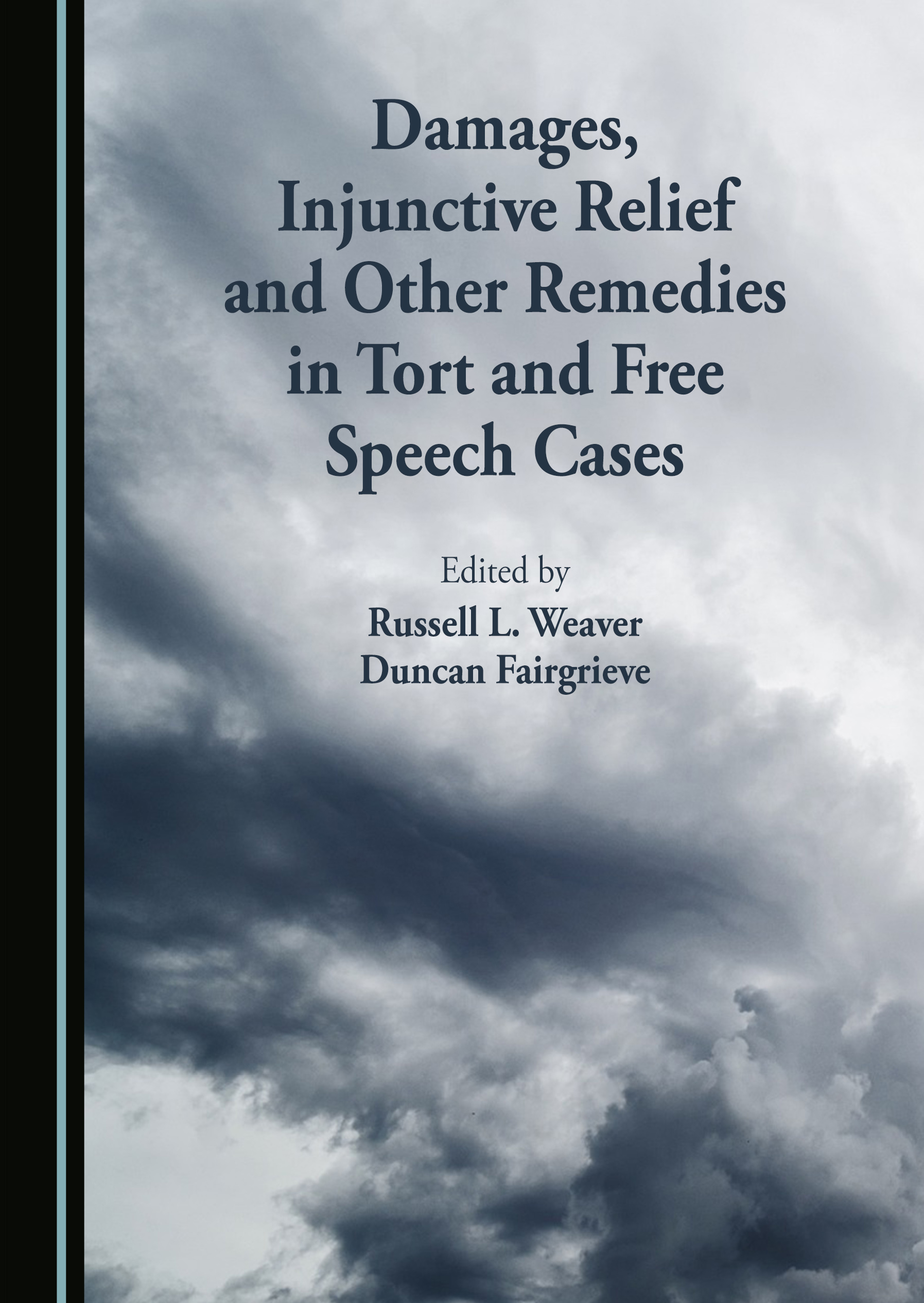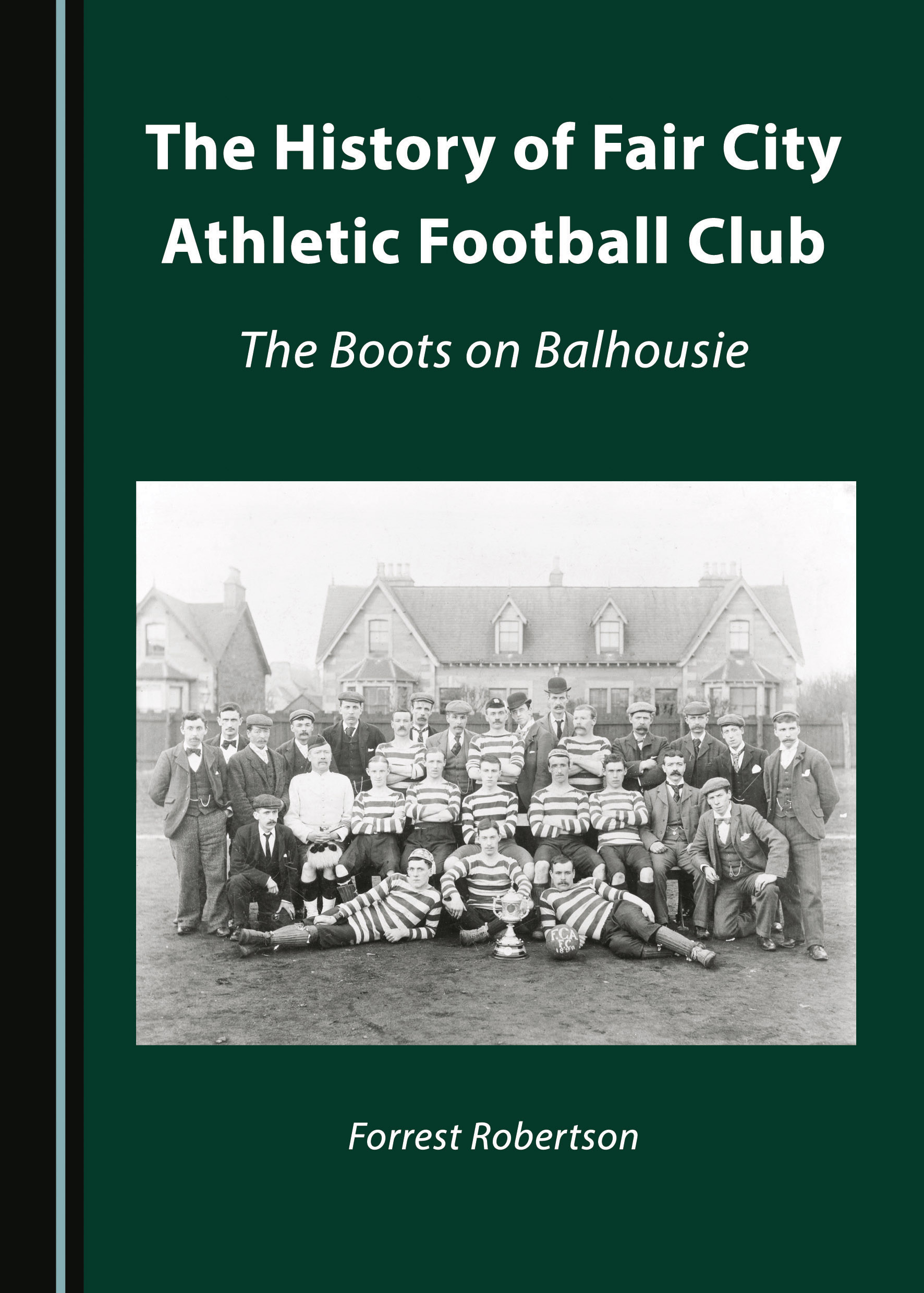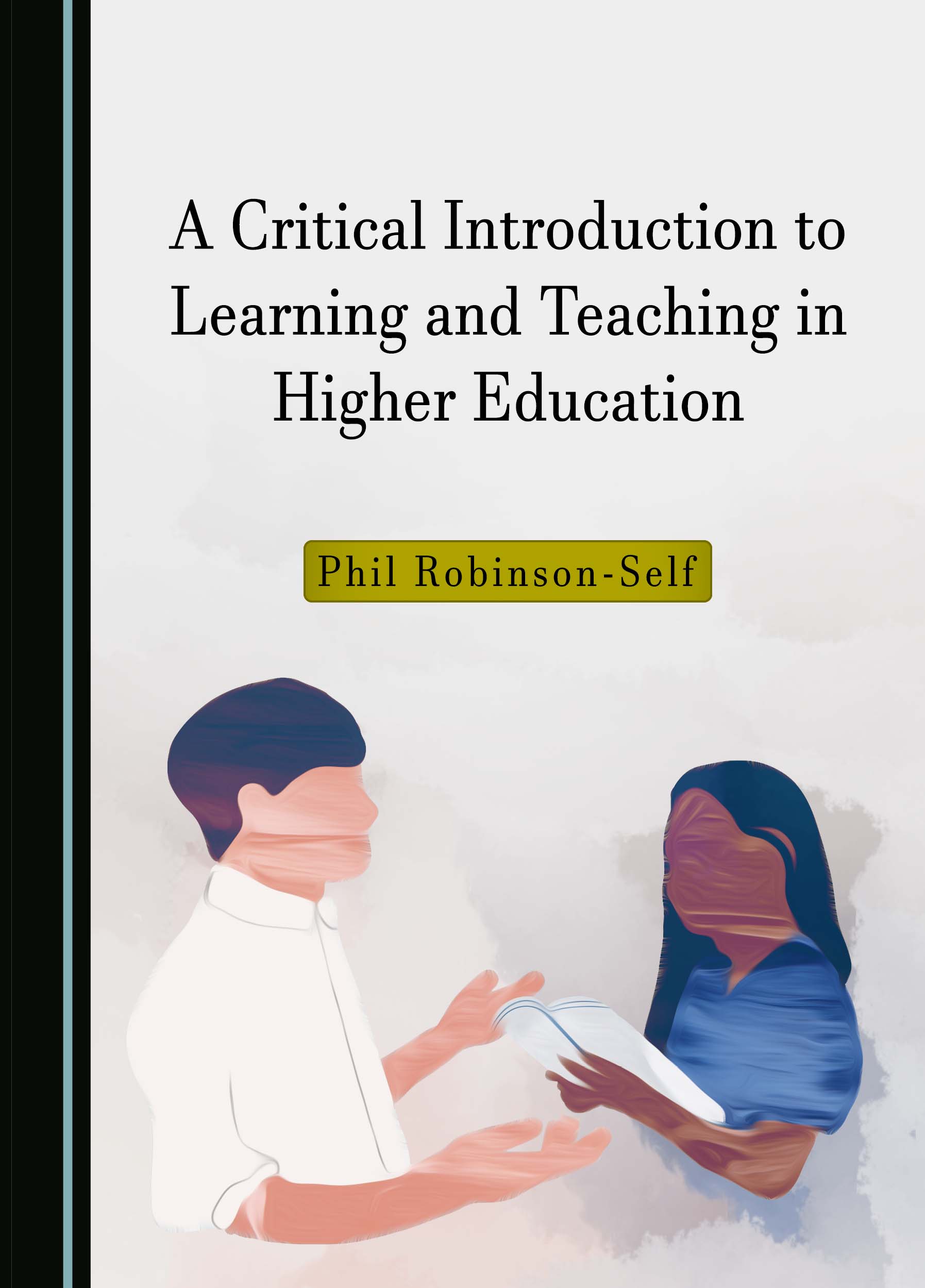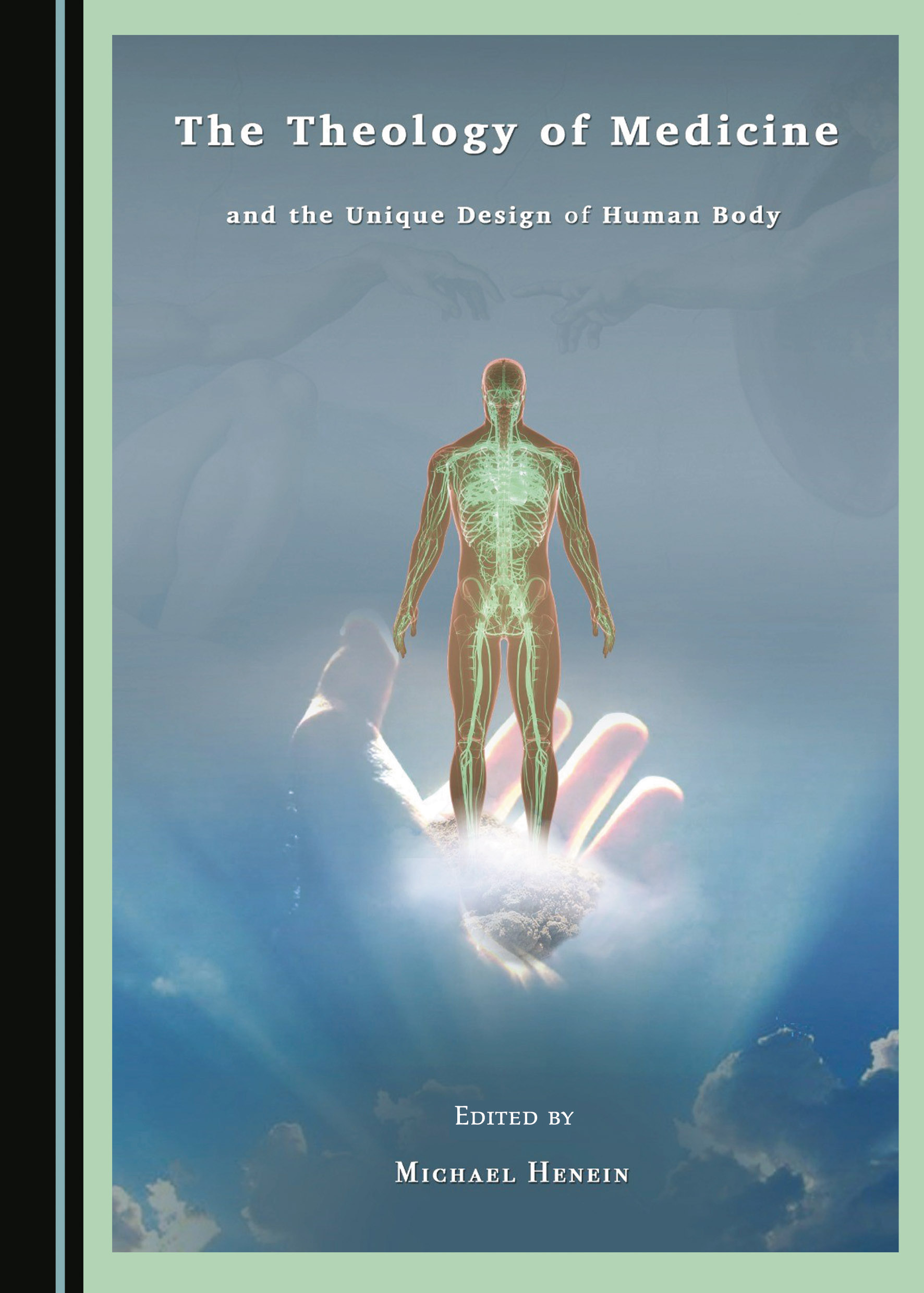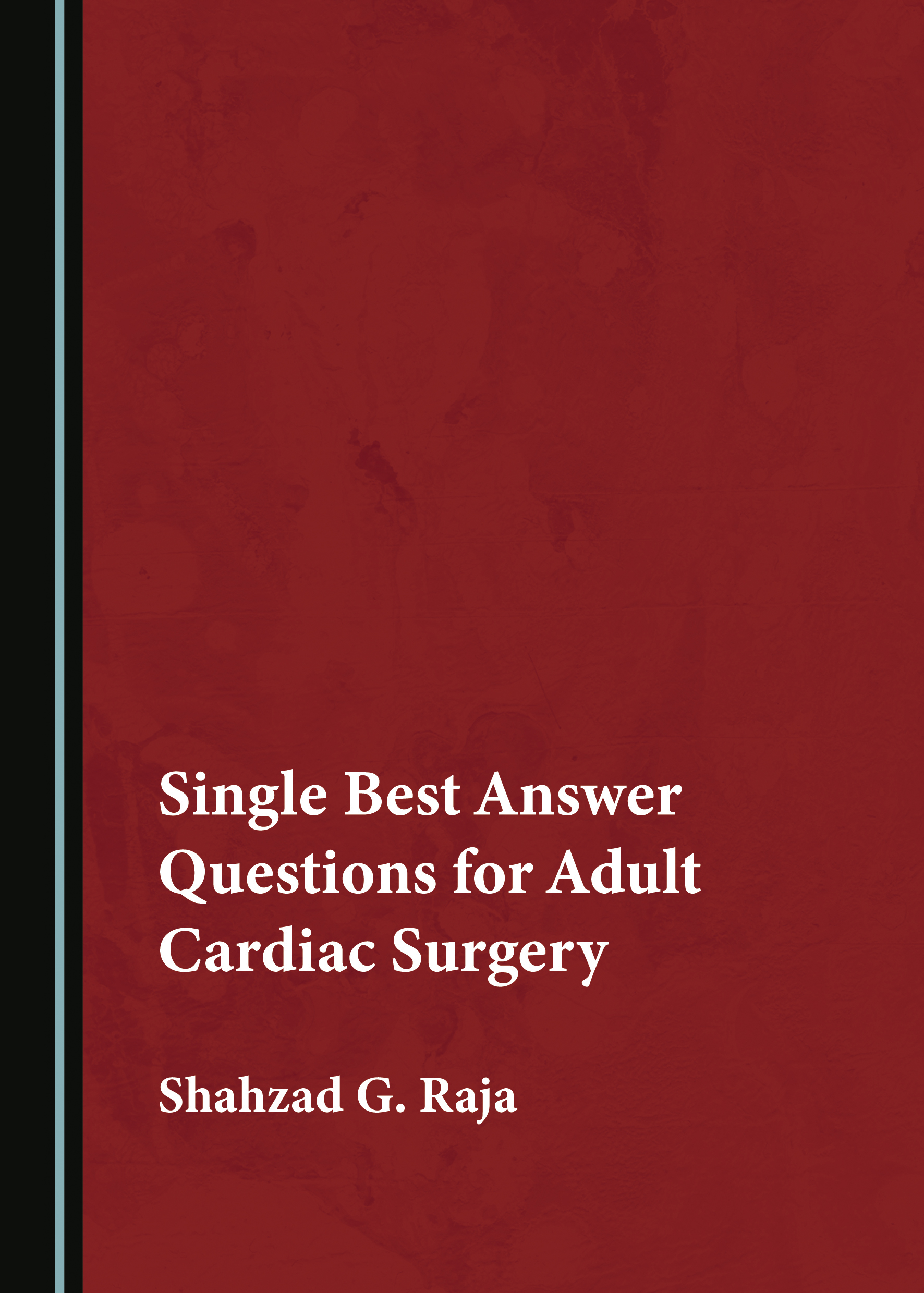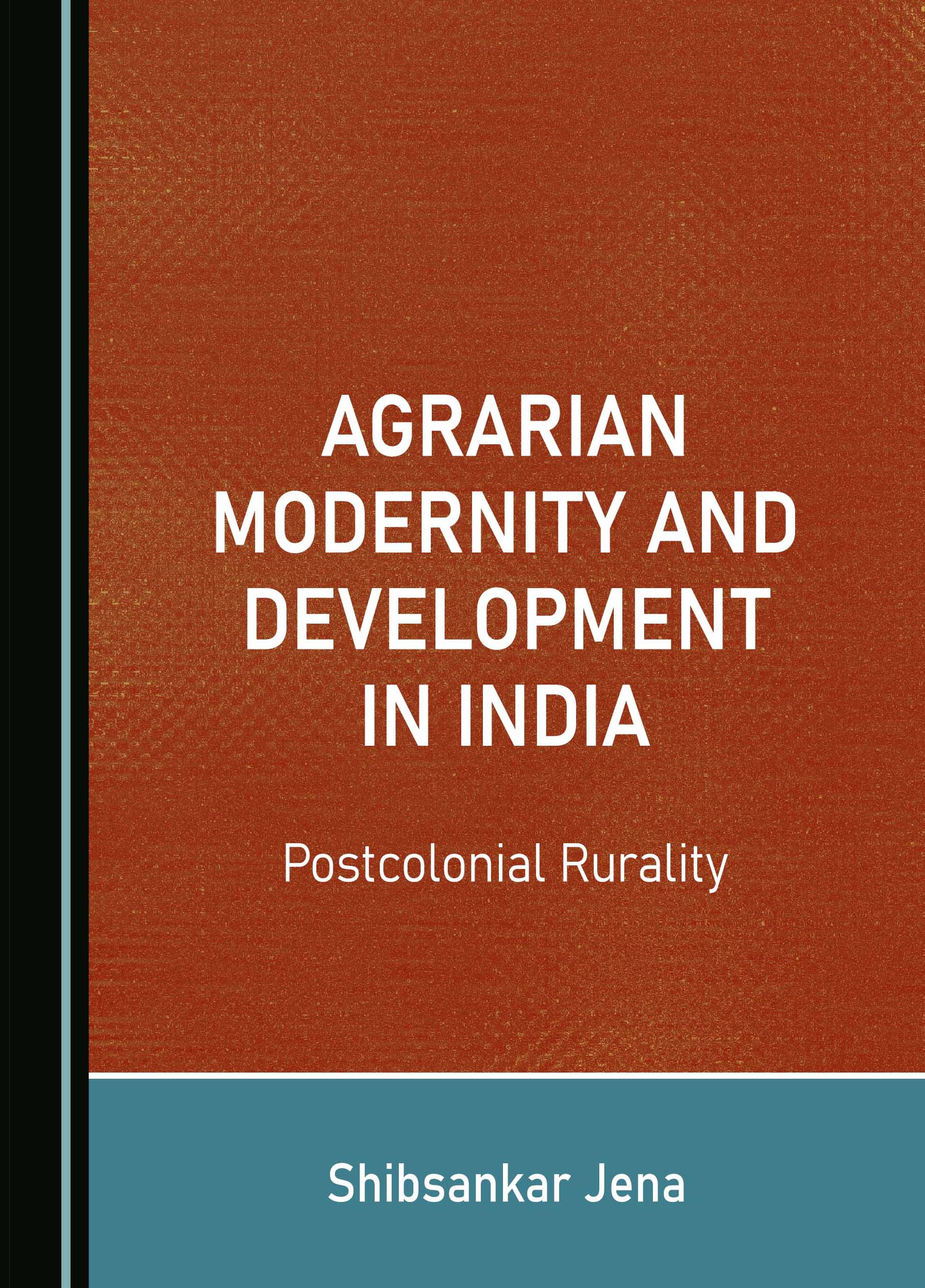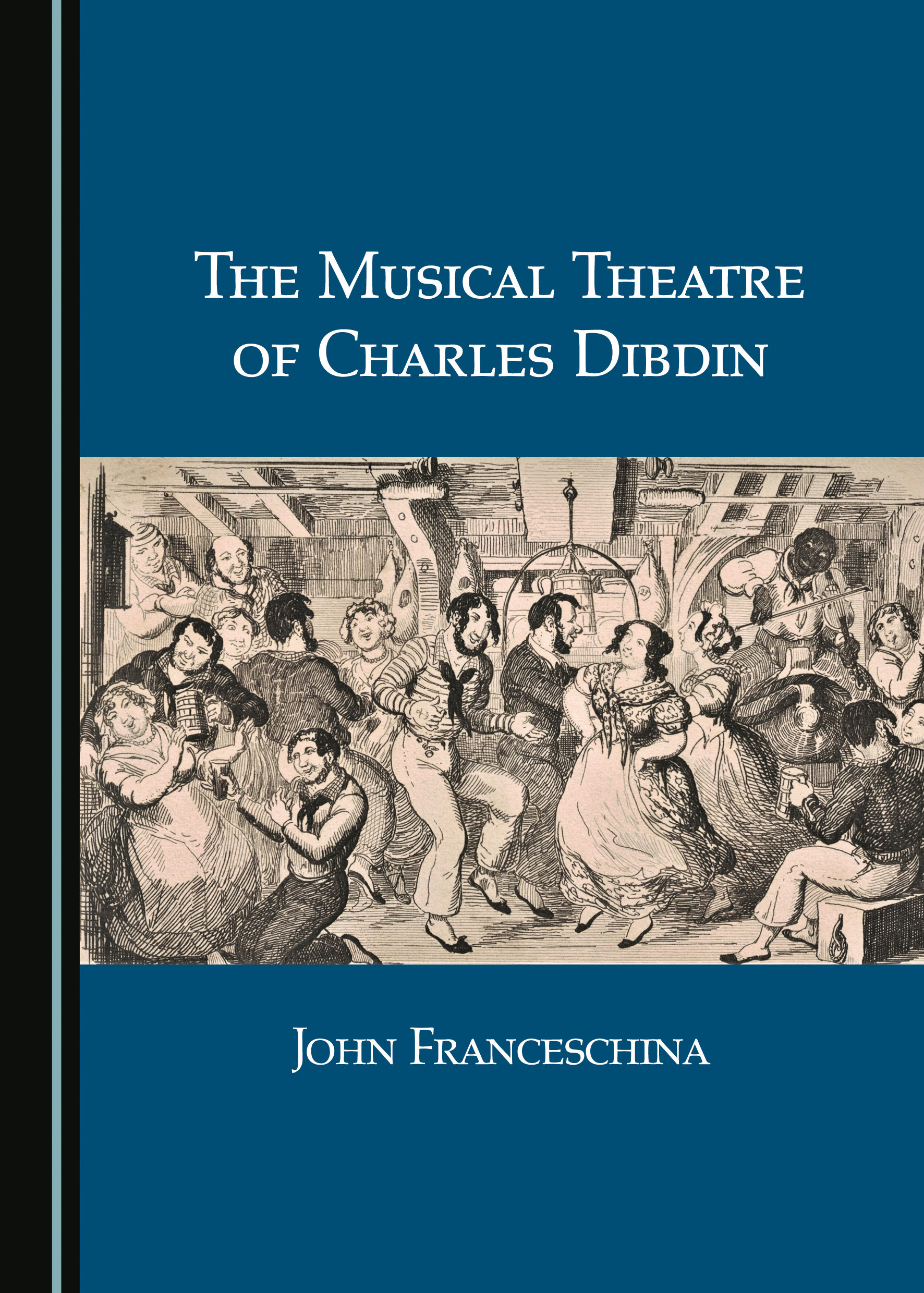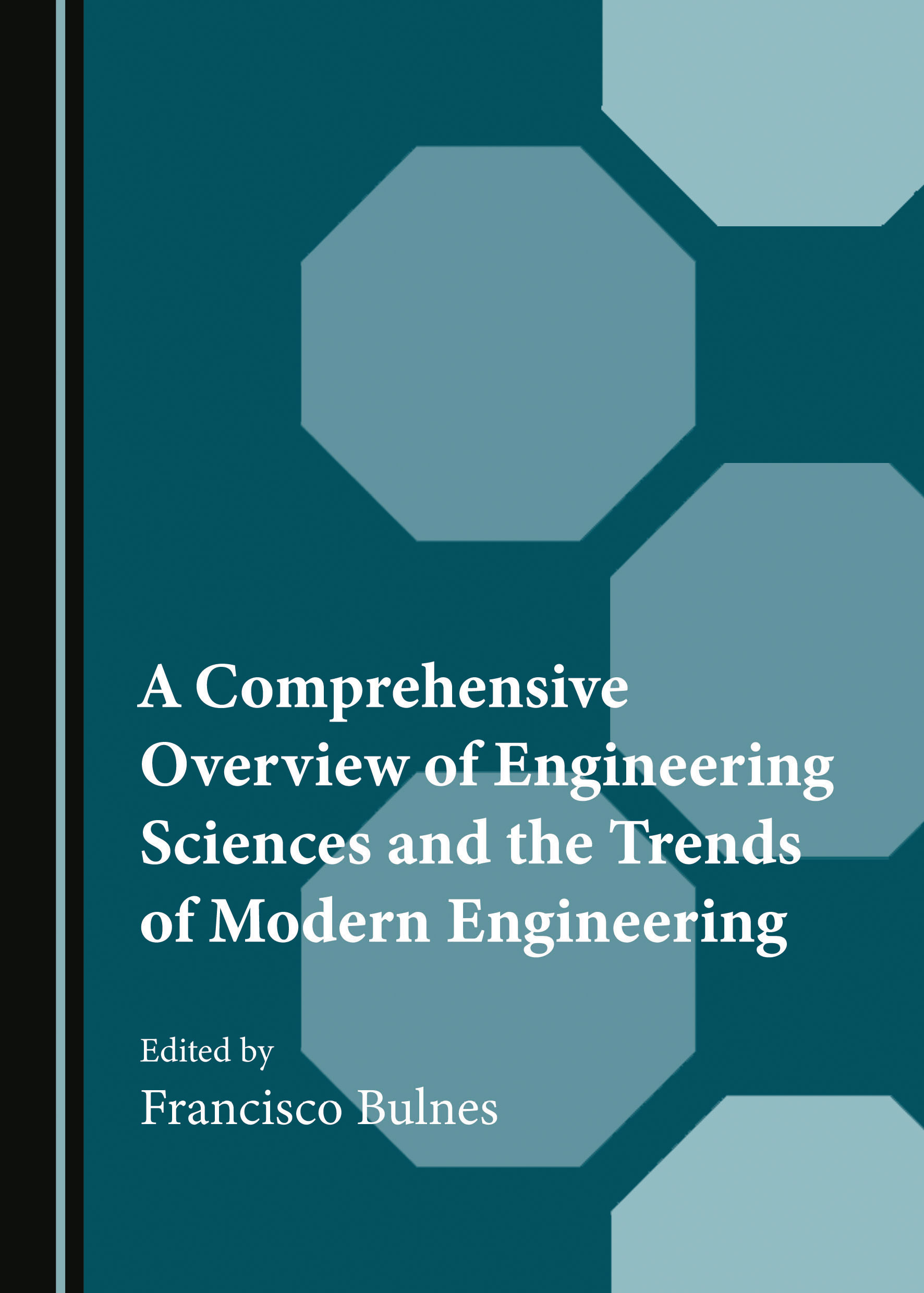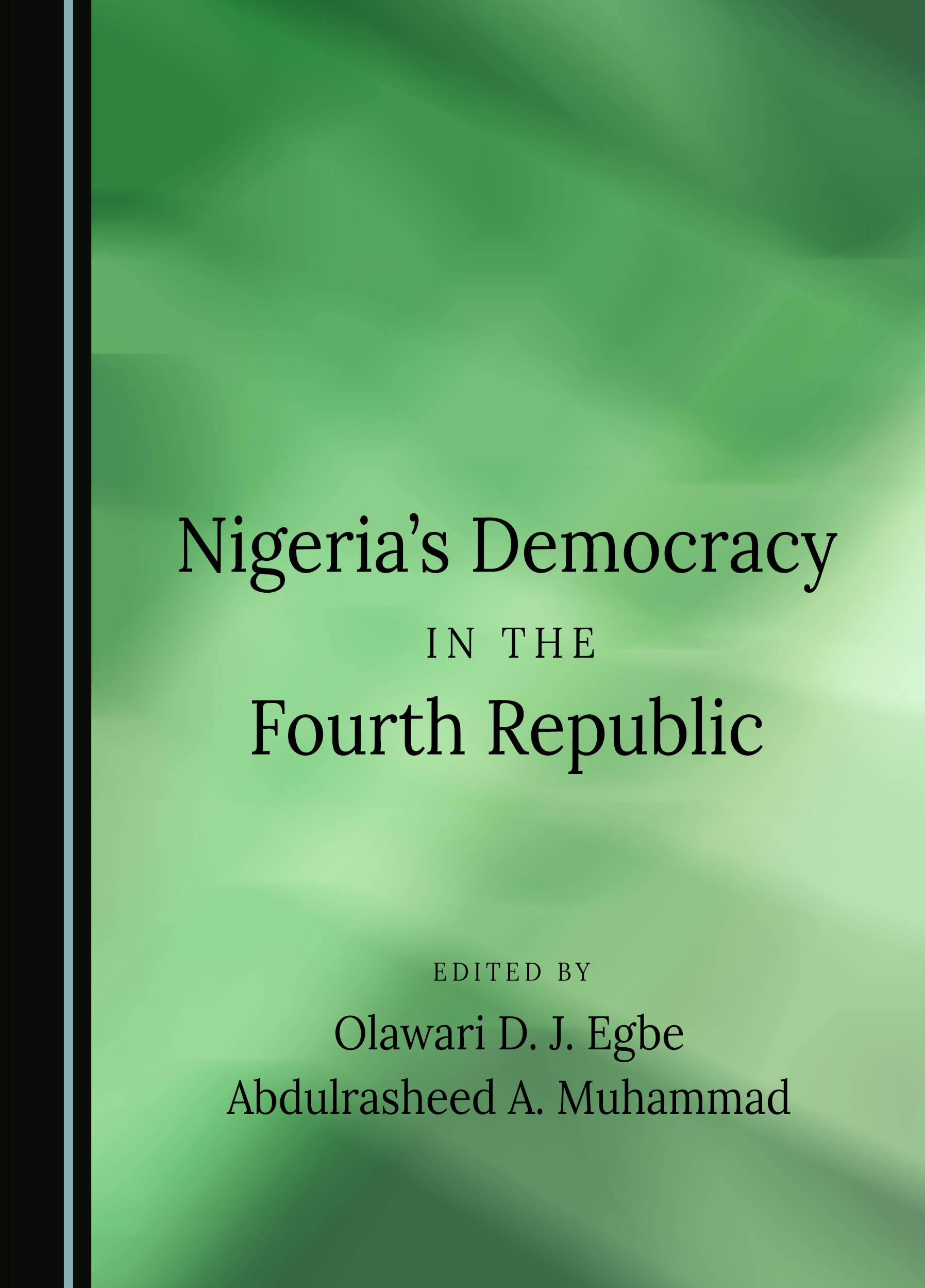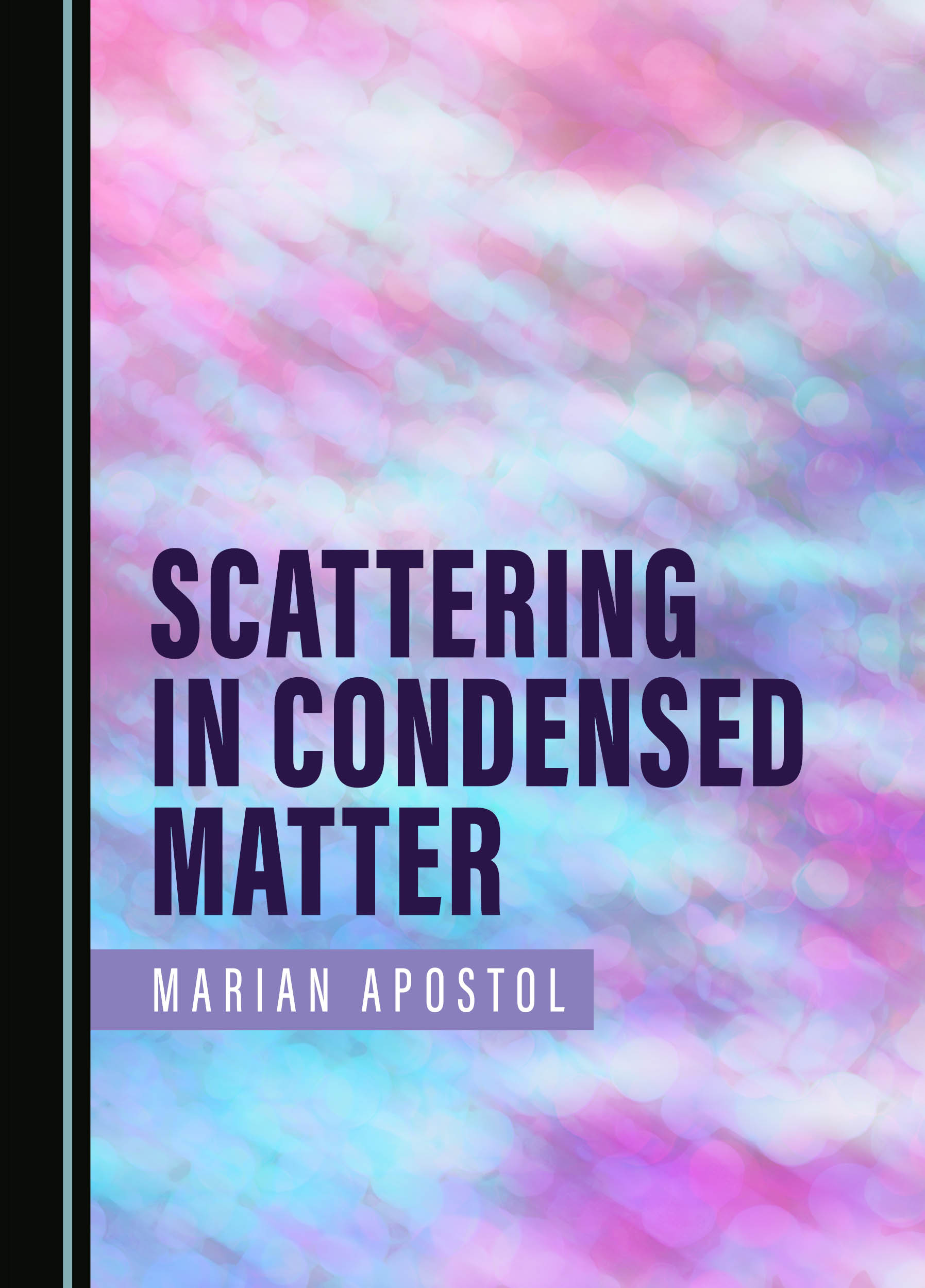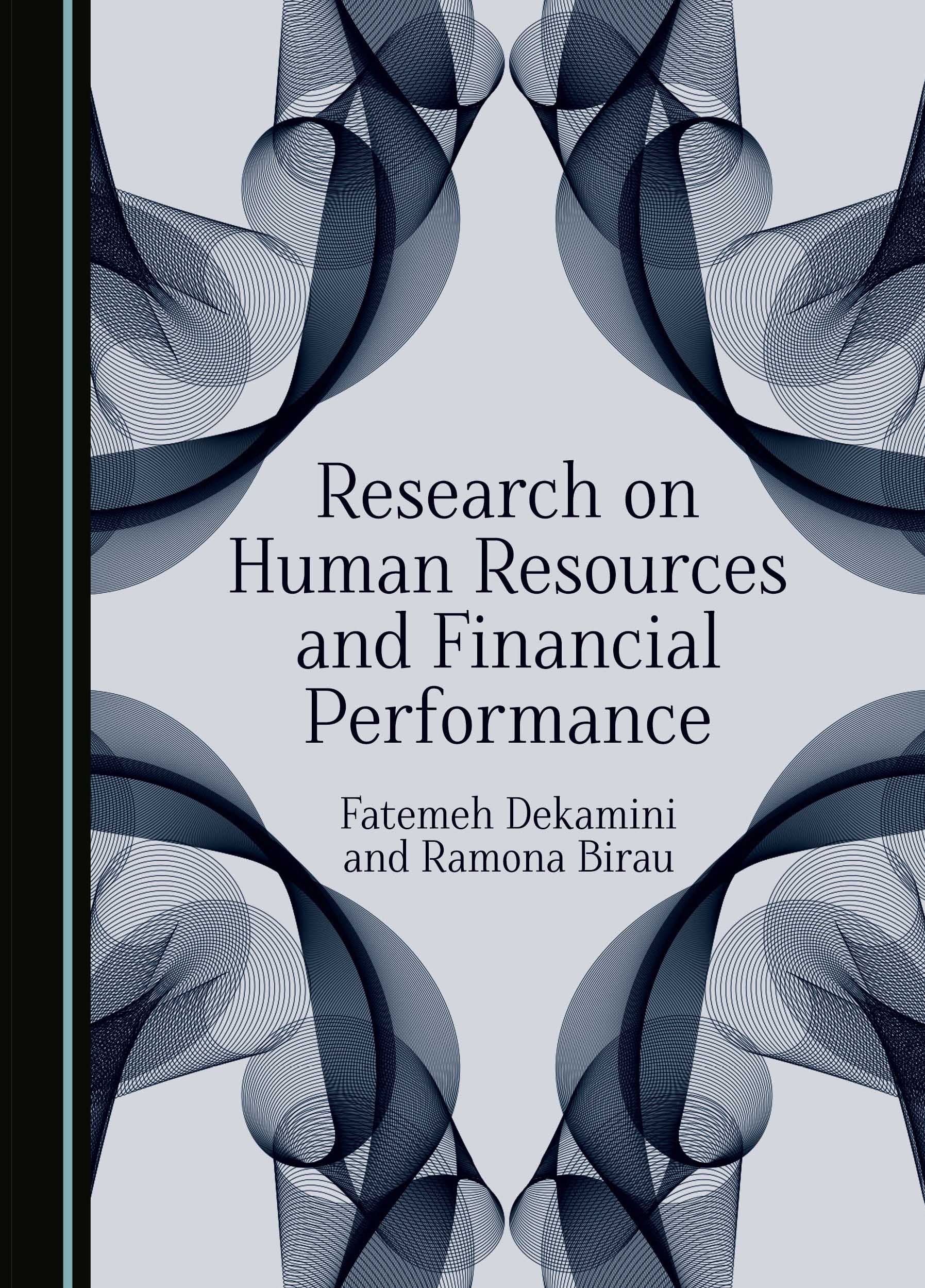D.H. Lawrence and the Marriage Matrix: Intertextual Adventures in Conflict, Renewal, and Transcendence
This innovative study of eight major works of fiction by D. H. Lawrence examines the dominant presence of what is here termed a “marriage matrix.” It reveals how this intense pattern of preoccupation not only structures the symbology and plot development of these powerful stories, but also consistently engages with such important subjects in Lawrence’s life as depression, illness, friendship, renewal, transcendence, and impotence. As a compelling interpretation of Lawrence’s craft and a provocative foray into the intimations of psychobiography, the book’s notions of “synergistic criticism” integrate various approaches to this modernist writer to reveal provocative linkages between his visionary art and turbulent career and marriage. The volume contains well-grounded speculations on the sexual life of Lawrence and Frieda, on the oedipal residue of Lawrence’s relation to his parents, on the complex friendships with Cynthia Asquith, J. Middleton Murry, and Katherine Mansfield, and on the theories of James Frazer, Sigmund and Anna Freud, James W. Pryse, Peter Ouspensky, and Norman Mailer. The Marriage Matrix also reproduces six paintings by Lawrence and one by Georgia O’Keeffe within pertinent discussions of Lawrence’s practice and theory of visual art and how they further enhance the priorities of his fiction. To further contextualize the book’s eclectic approach to impinging issues about the current province of research, teaching, and literature, the texts of two of the author’s controversial presentations to the academy are also included, as well as relevant correspondence with the late writer, Norman Mailer, on the subject of Lawrence’s genius and influence.
Peter Balbert received his PhD from Cornell University, and is Professor of English at Trinity University in San Antonio, Texas, where he served for sixteen years as Department Chair. He is the author of D. H. Lawrence and the Phallic Imagination and D. H. Lawrence and the Psychology of Rhythm, and the co-editor of D. H. Lawrence: A Centenary Consideration. He has published more than fifty articles on modern and contemporary fiction and on university administration, and has served as a panelist for the National Endowment for the Humanities, as Associate Editor of Planning for Higher Education, as a Contributing Editor of Academic Leader, and as a consultant for the National Institute for Research.
"Peter Balbert’s book provides a new and refreshing outlook on Lawrence’s work, a suggestive bridge between century-old considerations about marriage and contemporary echoes and resonances. Dwindling in popularity, relevance and esteem today, and losing its legal and social value, the institution of marriage cries out for renewal ‒ a key term in Balbert’s book, which identifies the “marriage matrix” as the motif, the basis, the foundation from which conflict, renewal and transcendence spring, and describes how this matrix shapes Lawrence’s work. [...] Balbert’s analysis of the notion of renewal, which is so crucial to Lawrence, proves illuminating. Projected onto the contemporary realm of academic research these chapters are a stimulus as well as a case study. Overall, this ambitious work by Peter Balbert offers so much more than it claims or than the reader anticipates."
Marina Ragachewskaya Minsk State Linguistic University Journal of the D. H. Lawrence Society, 4:3 (2017)
"[Peter Balbert] balances "close reading, rhetorical analysis, and historical context."
This attention to form is one of the strengths of the book. [...] Balbert's provocative readings are welcome additions to the critical record. The vast archive of biographical information about Lawrence allows Balbert to connect his readings to Lawrence's daily life - the places he lived, the people he saw, the books he read. [...] While every interpretation is a personal reading, Balbert makes his assumptions and judgments unusally explicit. Lawrence's willingness to write about intimate acts and feelings causes readers to feel very close to him. The more we know about his life, the more evidence we gather to confirm our understanding. But each of us finds a different man. In D.H. Lawrence and the Marriage Matrix, Peter Balbert has found a Lawrence who provides valued insight into the complexity of long relationships
"In ten meticulously written chapters, Peter Balbert has produced a very useful study on Lawrence's life and work - focusing on marriage, conflict, renewal, and transcendence. His work has already driven this reader at least back to Lawrence's magisterial writings. This volume should take its rightful place on the map of Lawrence studies, a critical map that - like its subject - is continuously changing."
Raymond M. Vince The Mailer Review, 10:1 (2016)
"D.H. Lawrence's abiding interest in the complex nature of marriage derives from his experience both as the child of a troubled marriage and a partner in an even more volatile one. Balbert considers in chronological order eight works, all completed during the last decade of Lawrence's life (1920-1928) each concerned with the "marriage matrix."
[...] The marriage matrix, or matrices, repeatedly highlight "transitional periods of immaturity, depression, and codependency" which often correspond with analogous phases in Lawrence's chaotic marriage to Frieda Weekly
Buy This Book







